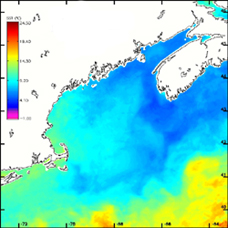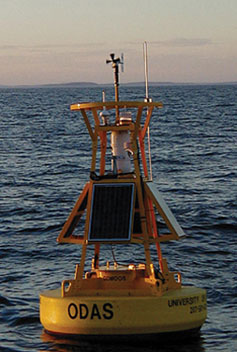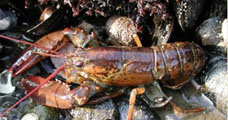North Atlantic Oscillation
Seeing the big picture in the Gulf of Maine
 |
 |
 |
|
| Dennis Curtin | Neal R. Pettigrew |
1. Introduction
Like the rest of the North Atlantic Ocean, the Gulf of Maine is affected by large-scale shifts in the atmosphere and ocean that occur over decades. These changes can lead to major biological and economic impacts in the Gulf. Over the last century, scientists have recognized the North Atlantic Oscillation (NAO), or “El Niño of the Atlantic,” as the dominant climate pattern in this region.
But knowledge of links between the NAO and Gulf events – much less the capability to forecast them – remains elusive. The Gulf of Maine Ocean Observing System (GoMOOS) has the potential to help advance scientific understanding and provide early warning of the NAO’s effects.
1.Seeing the big picture: Introduction
2.Offshore buoys are sentinels of change
3.GoMOOS monitors currents entering the Gulf Of Maine
4."El Niño of the Atlantic" affects the incoming currents
5.Warm or cold currents can penetrate the Northeast Channel
6.Case study: Cold water invades the Gulf of Maine
7.Ripple effects reach bays and estuaries
Acknowledgements


